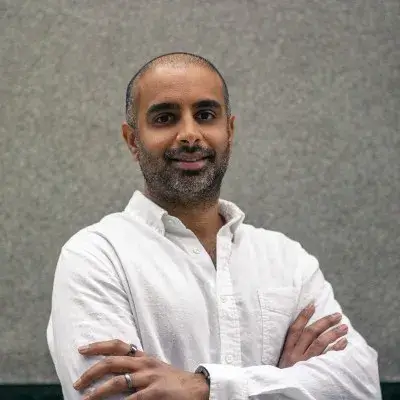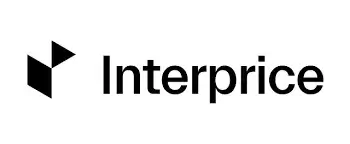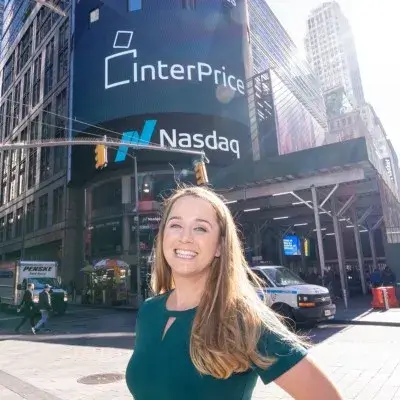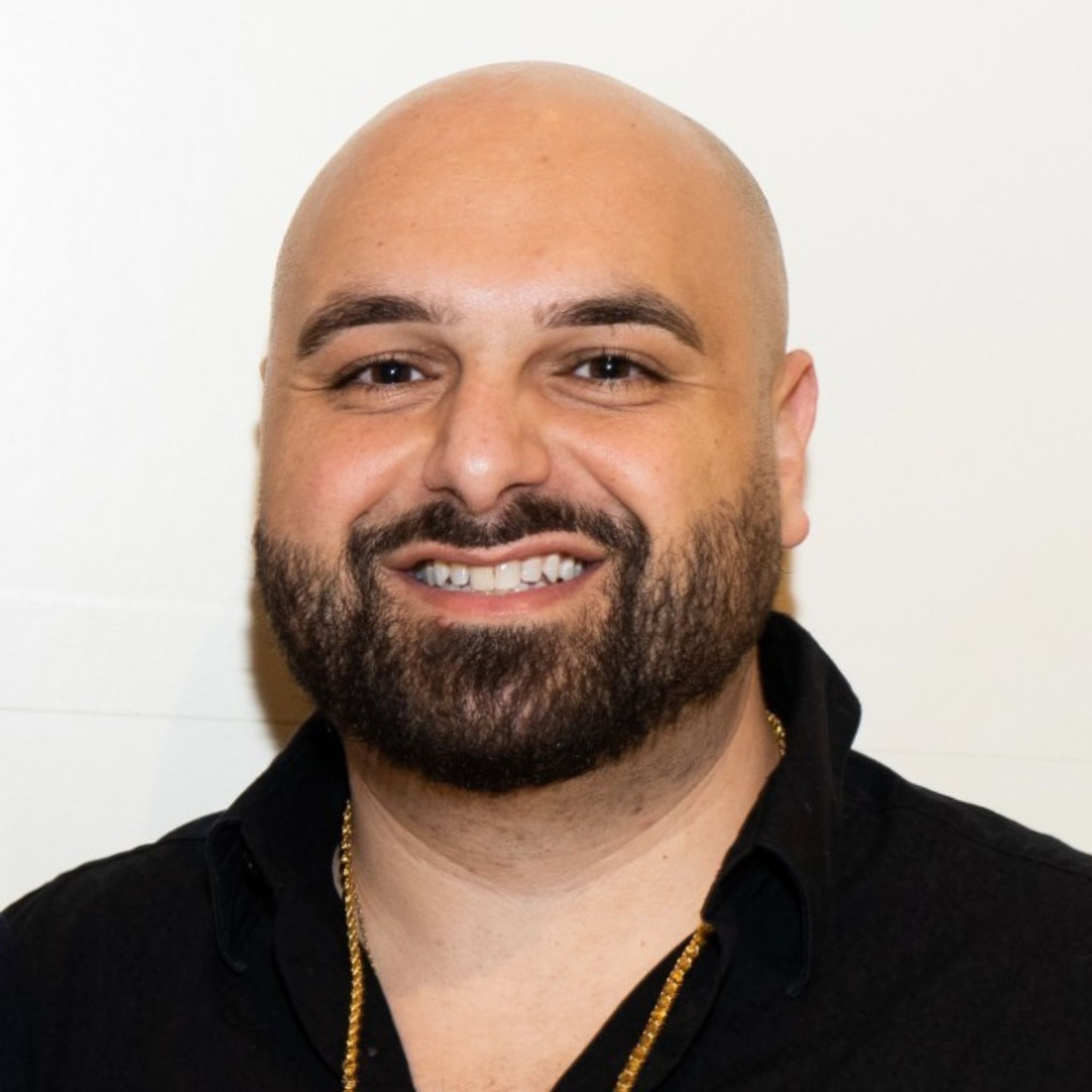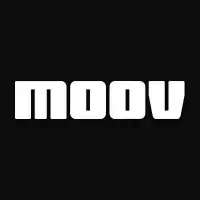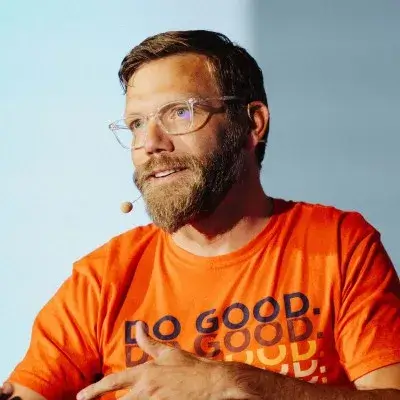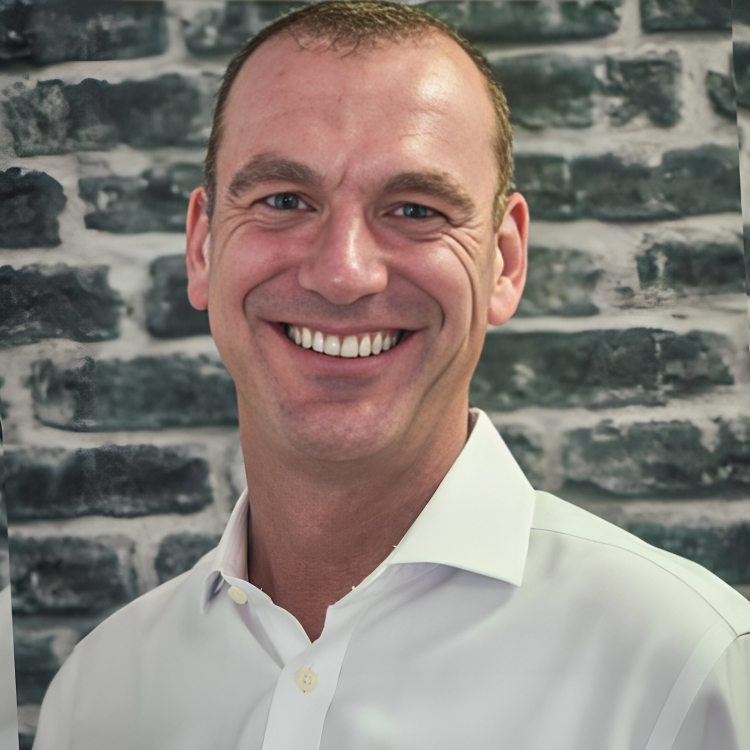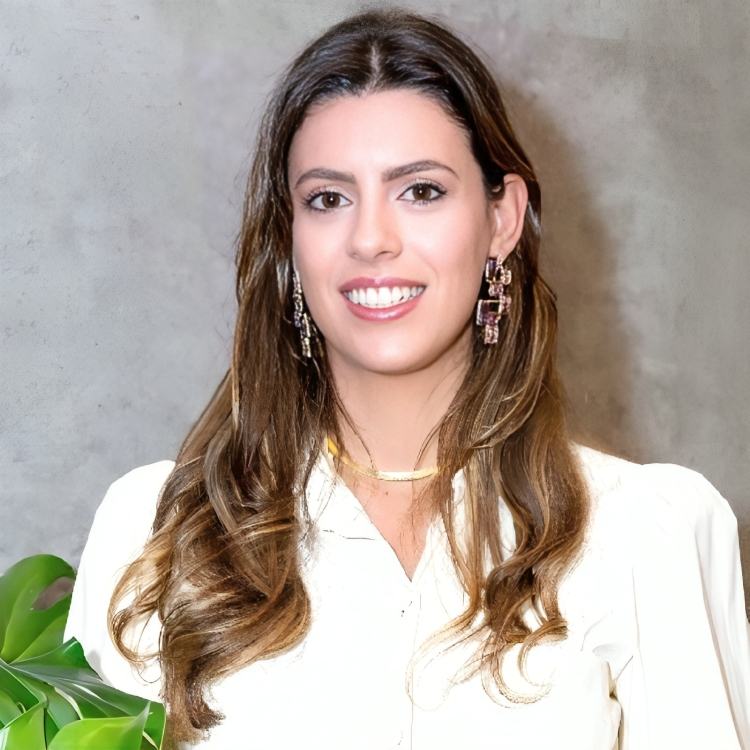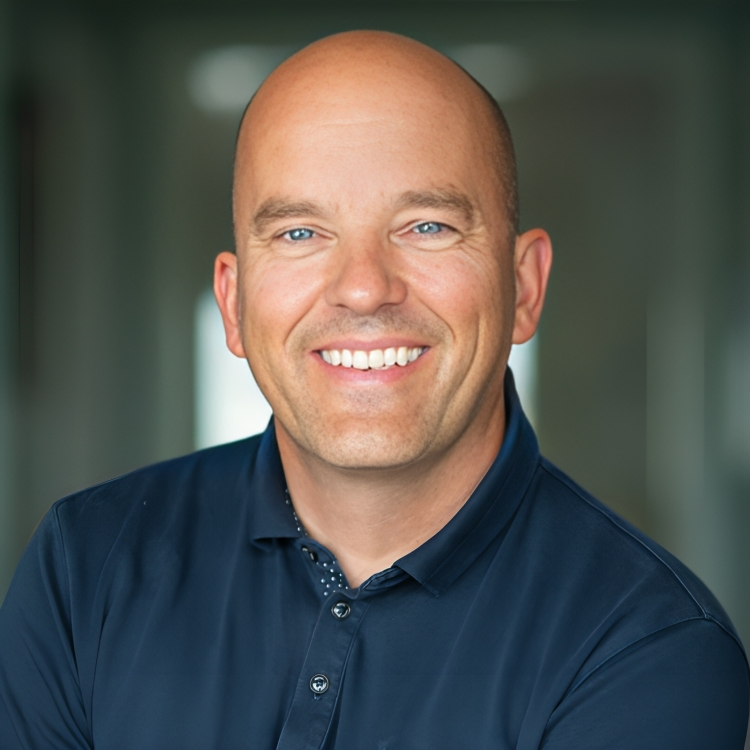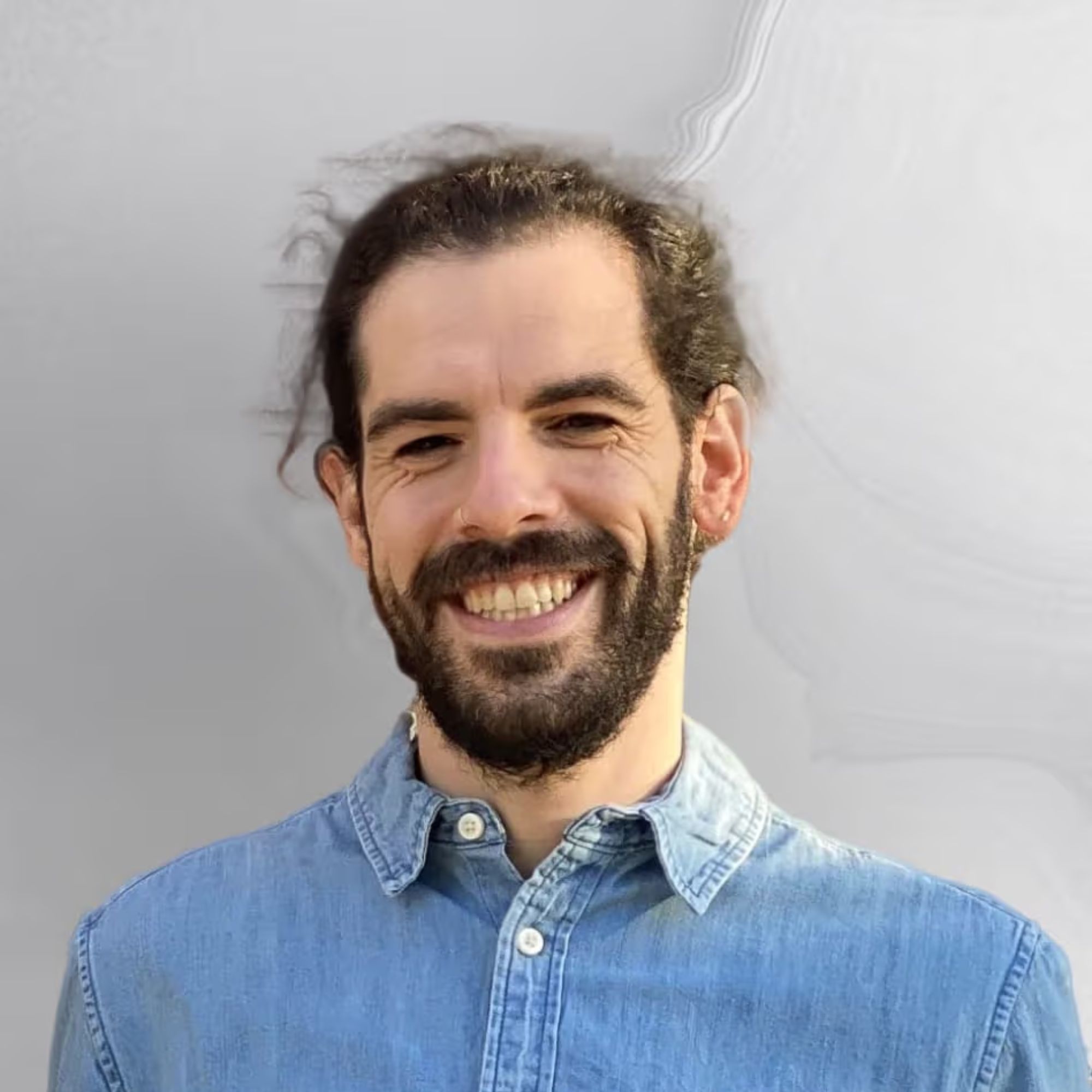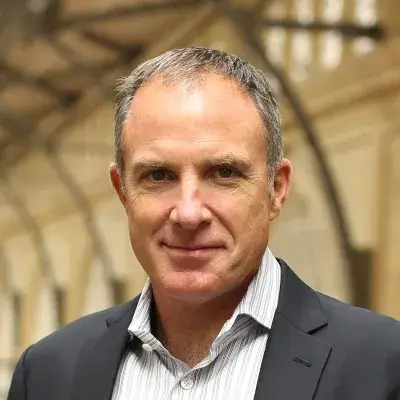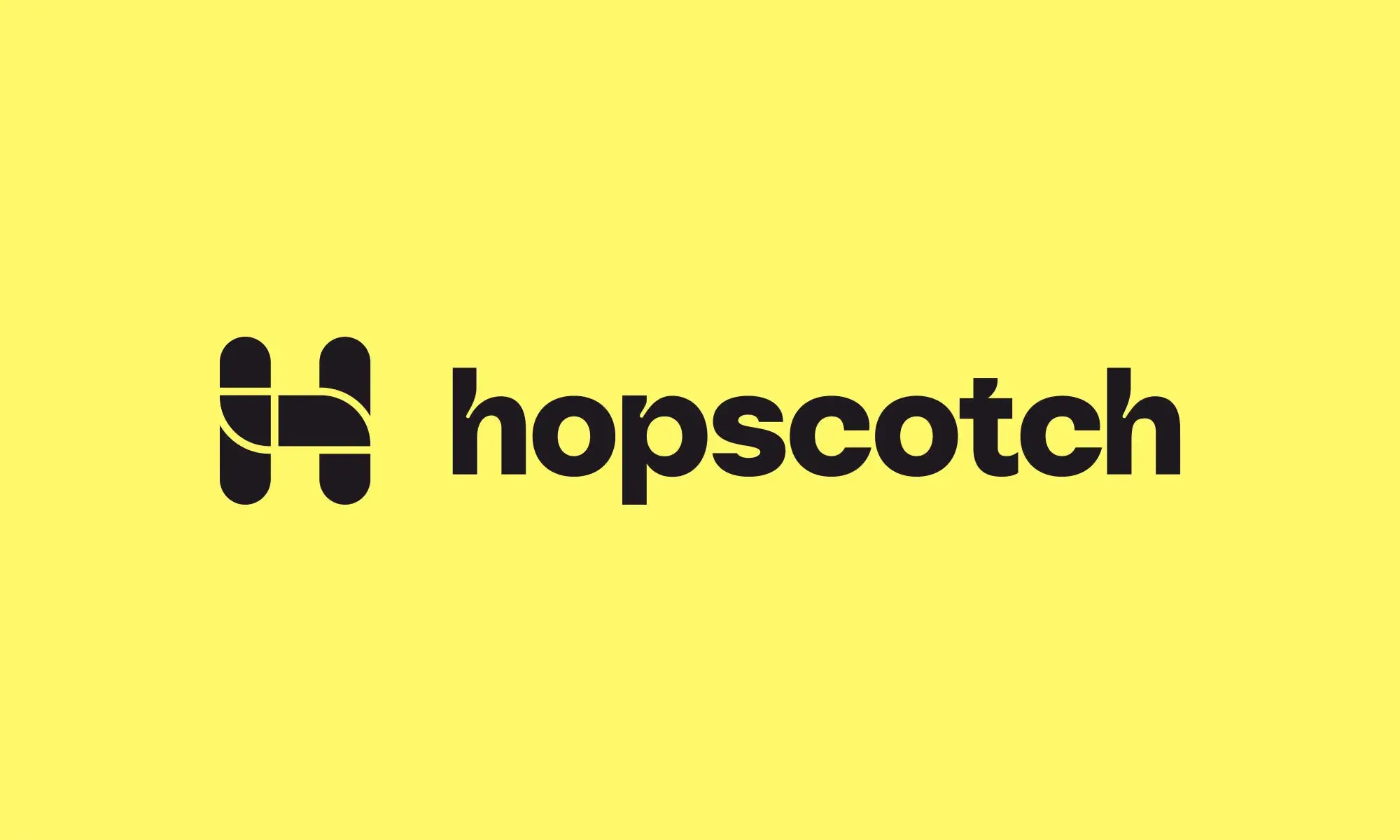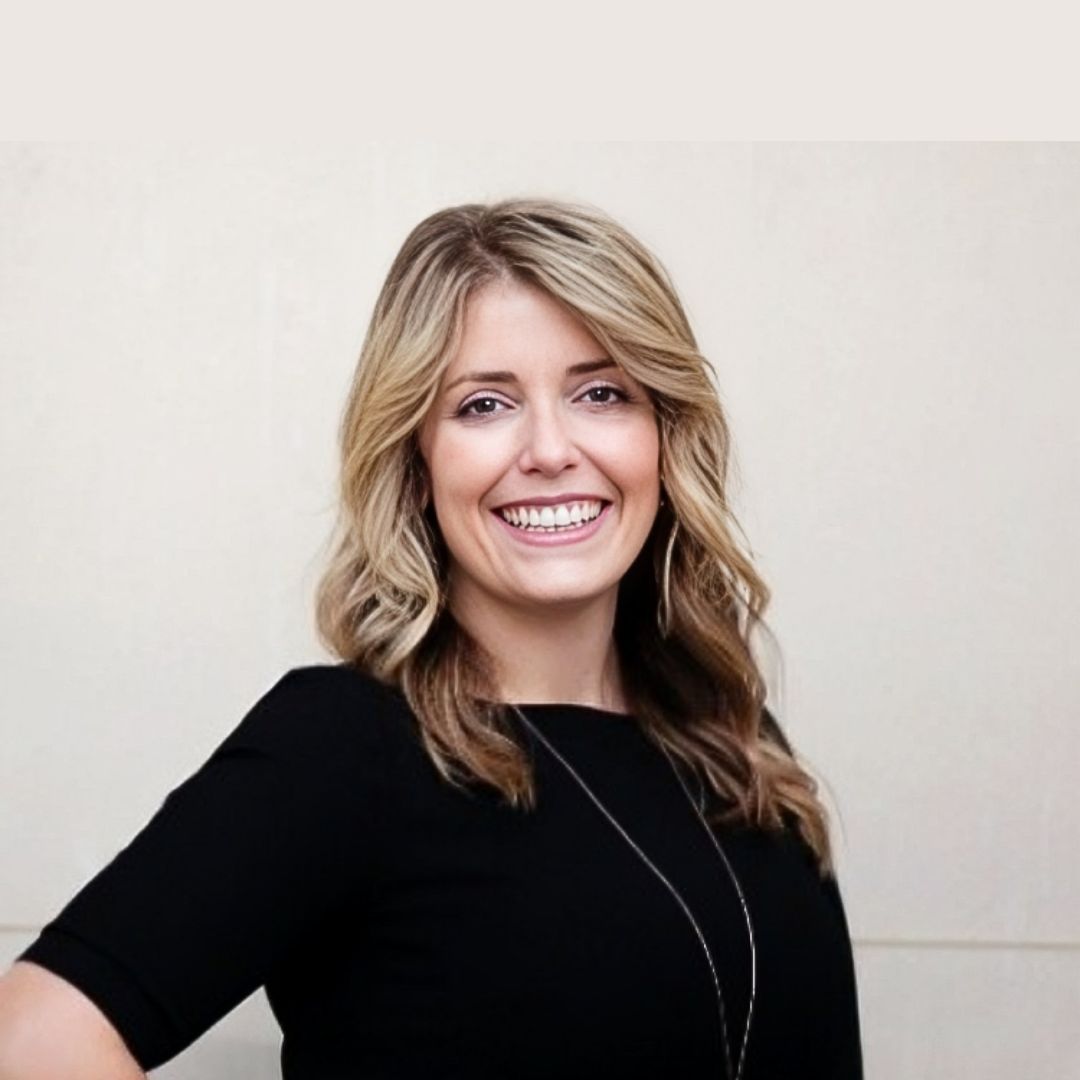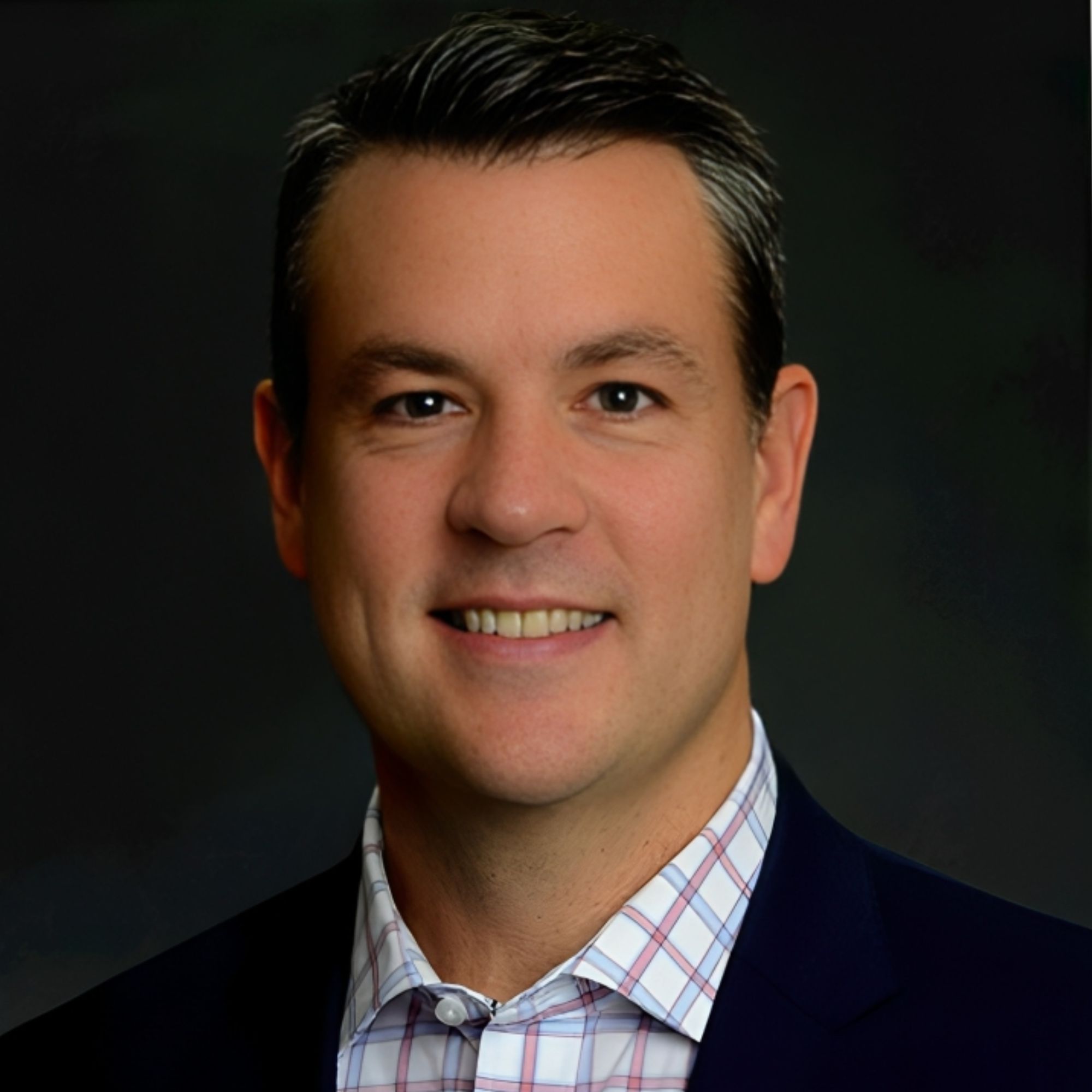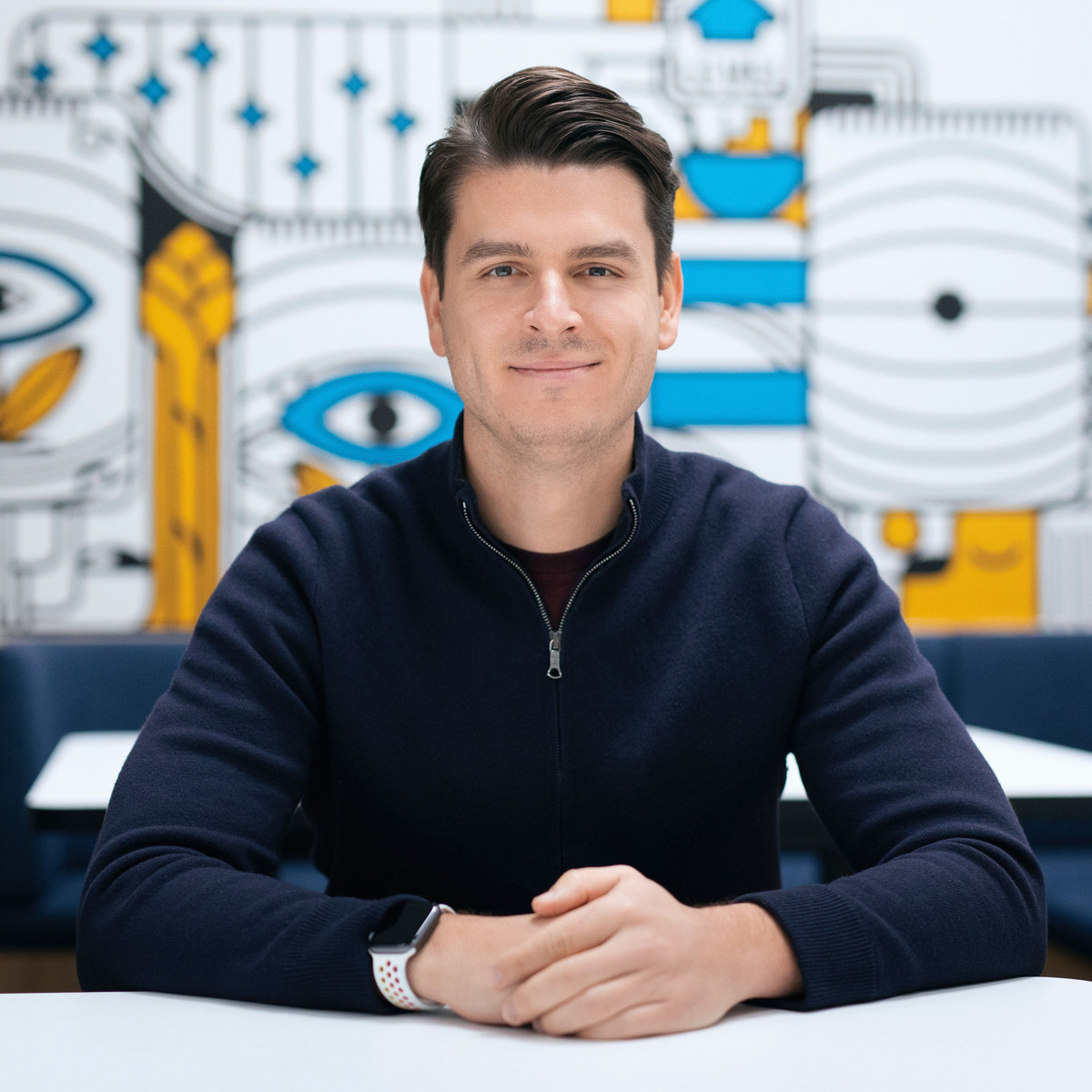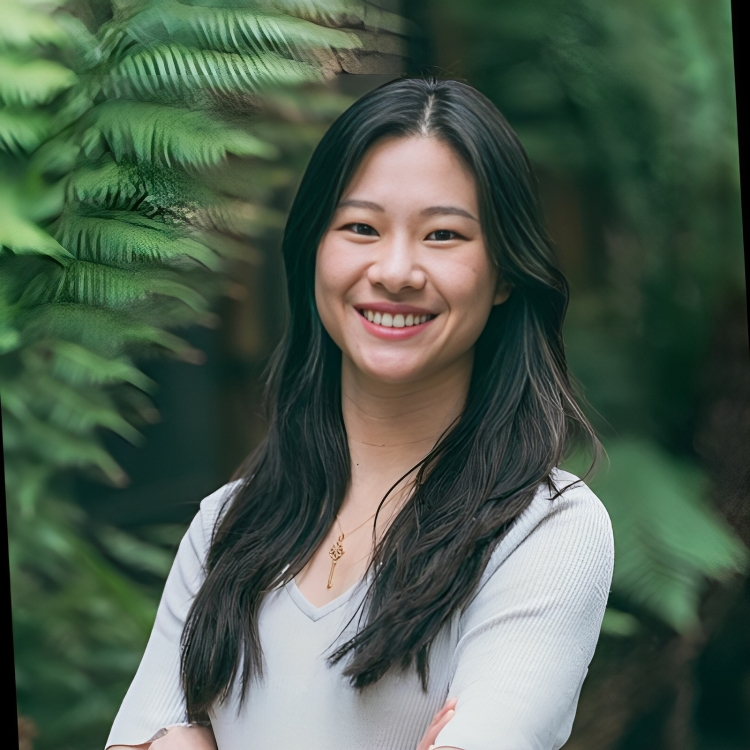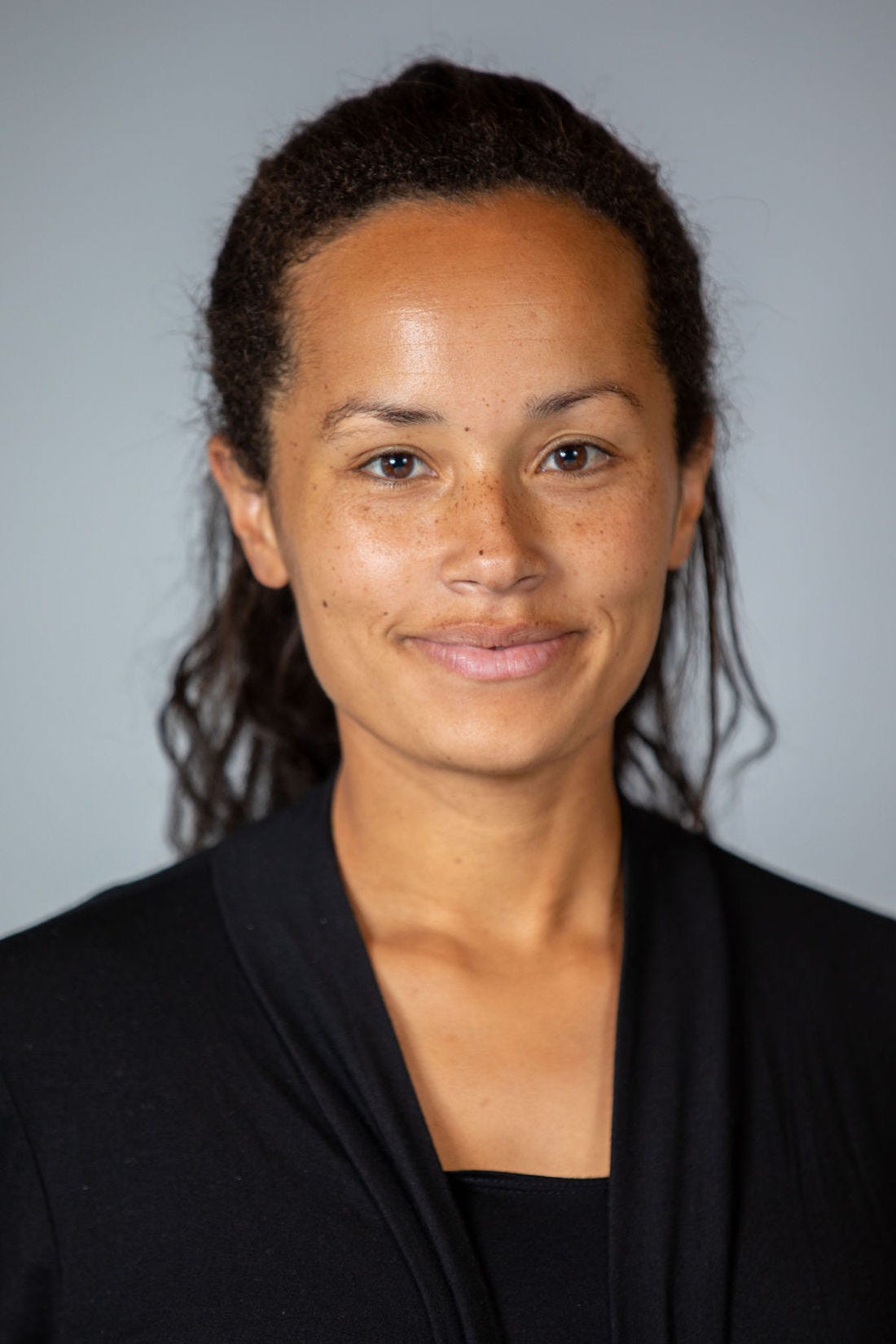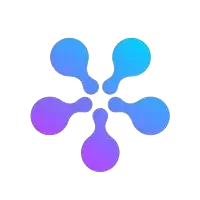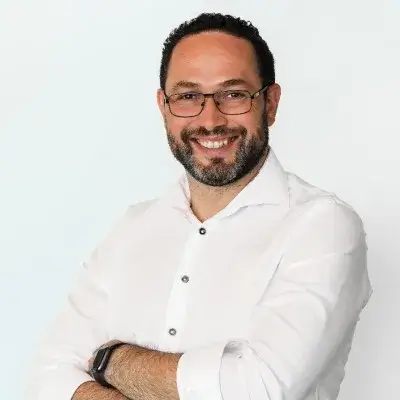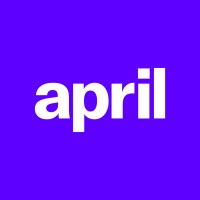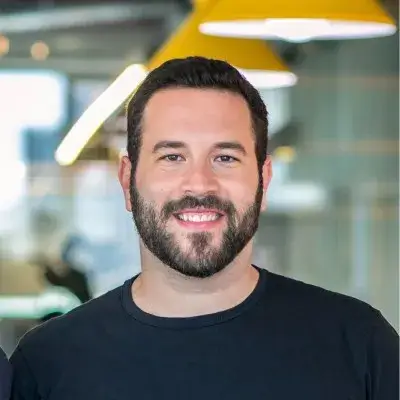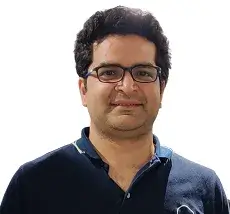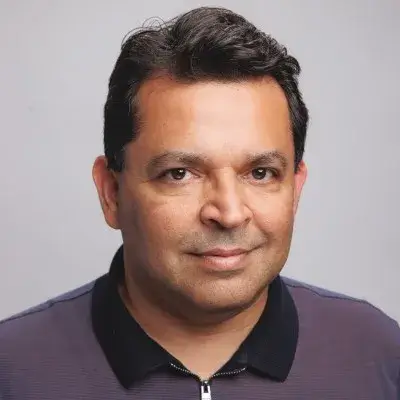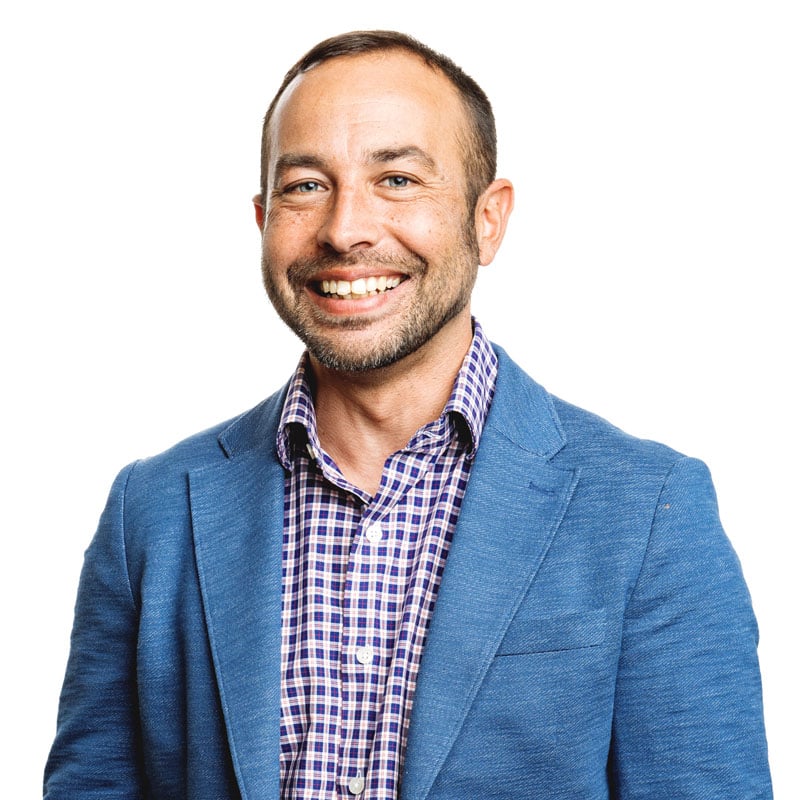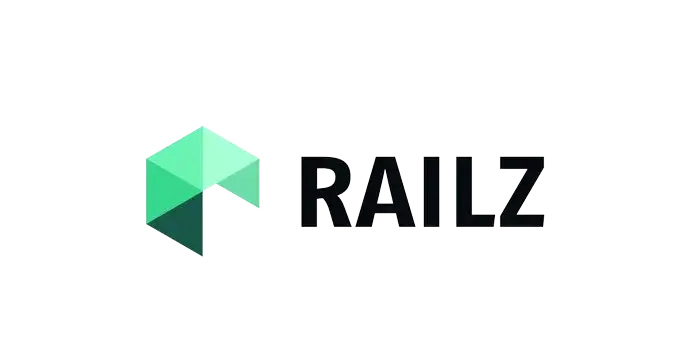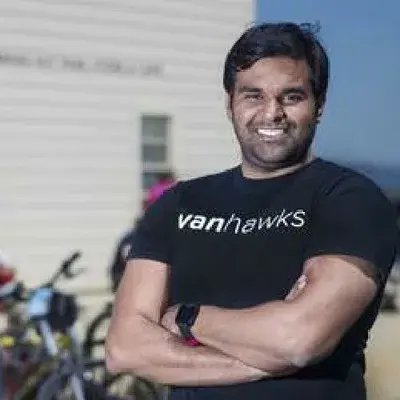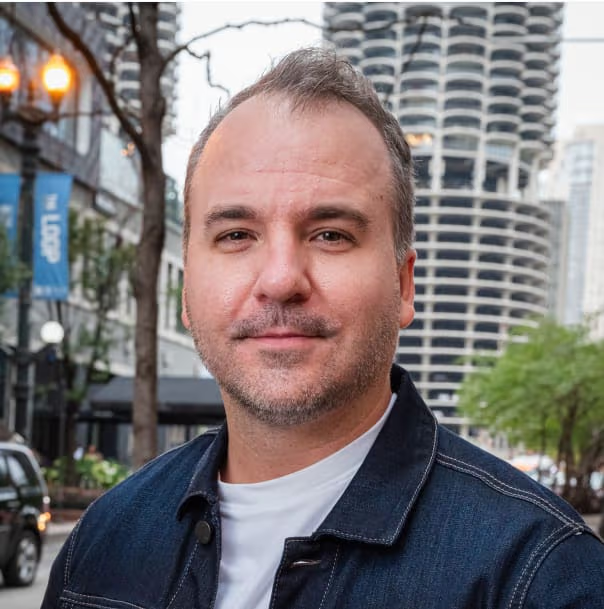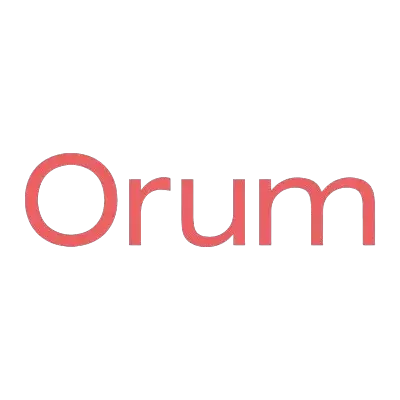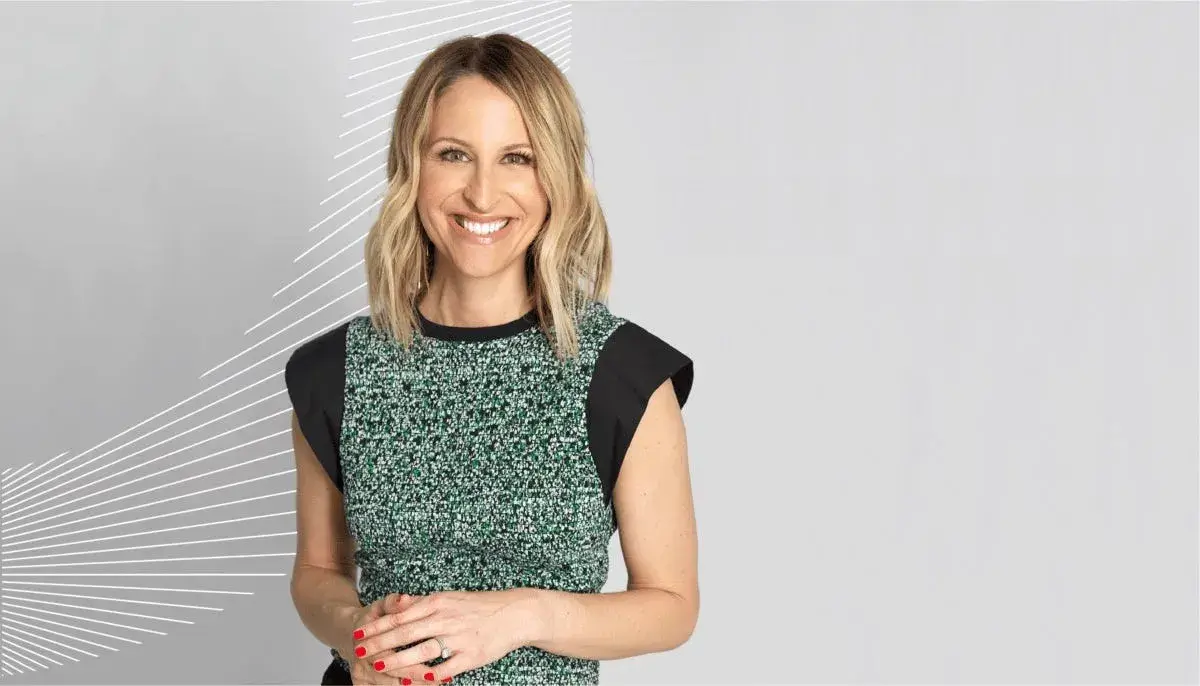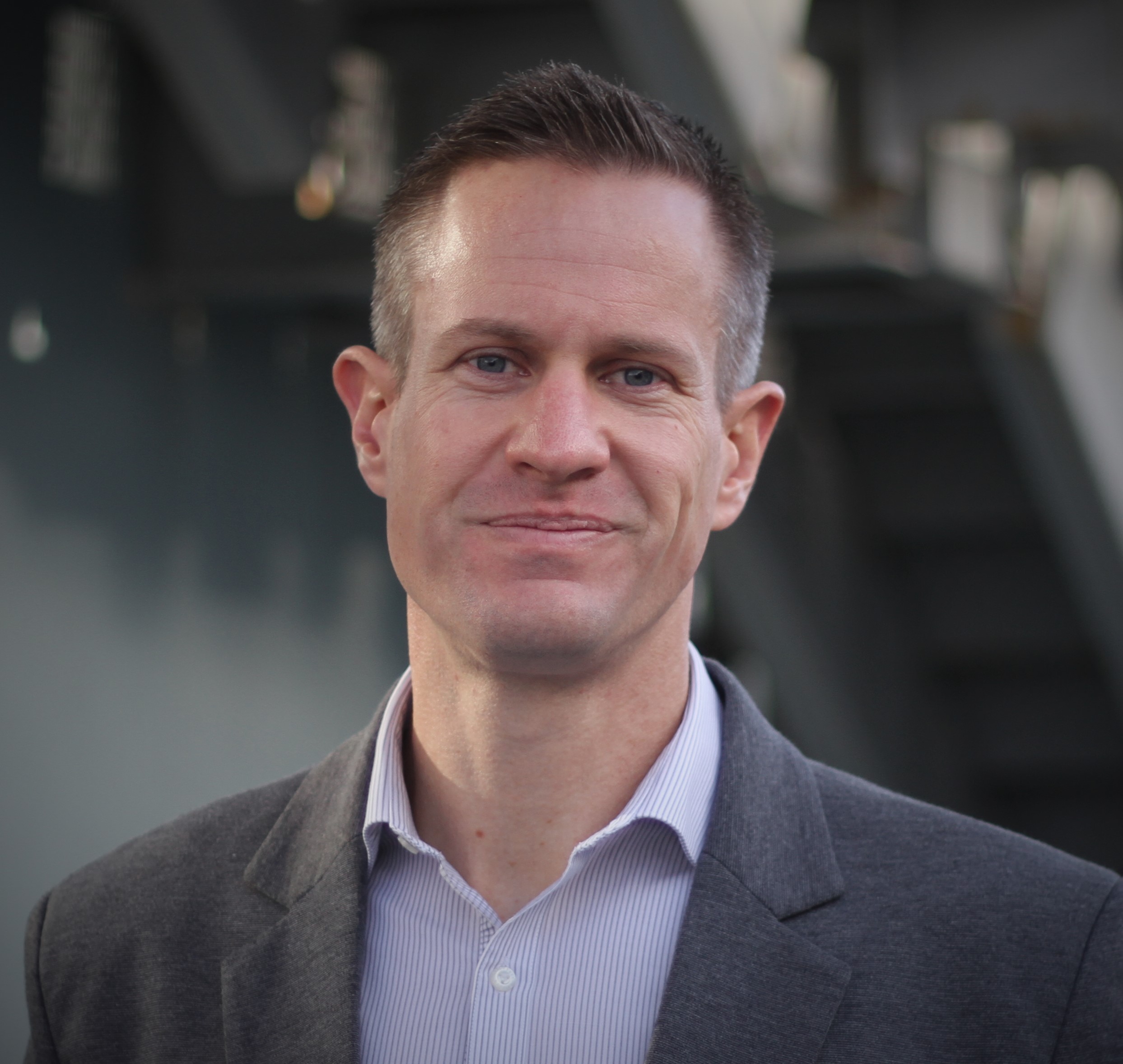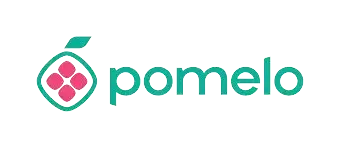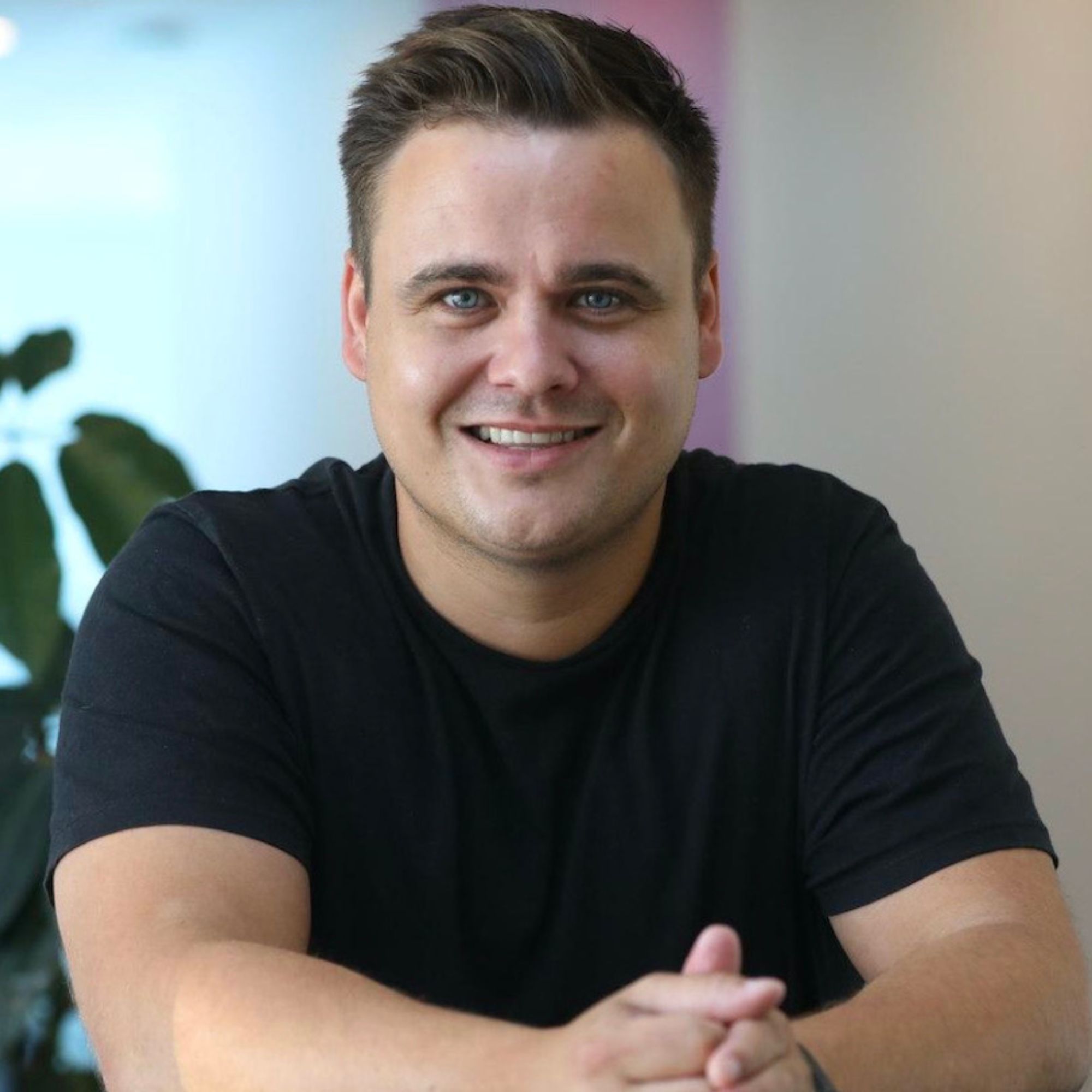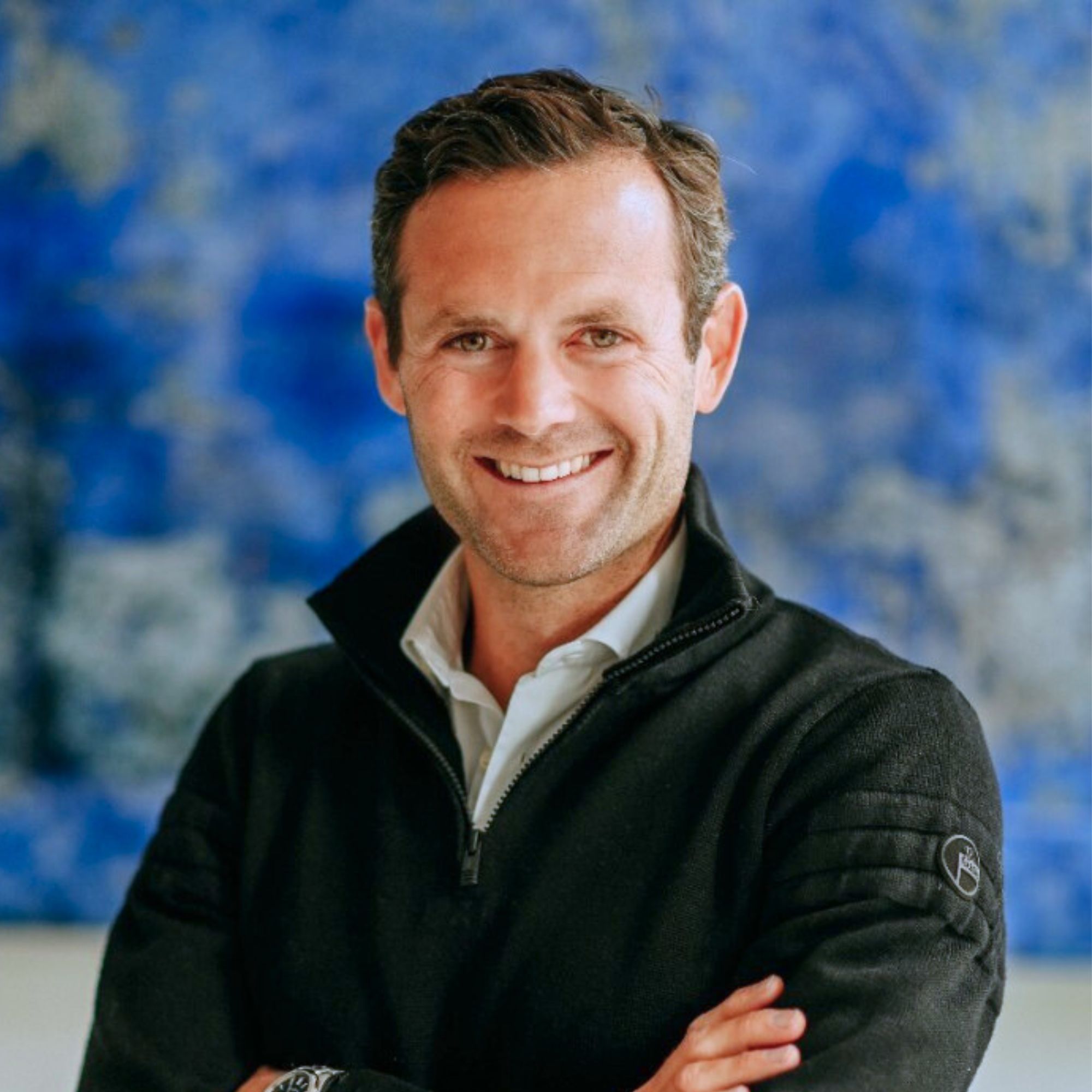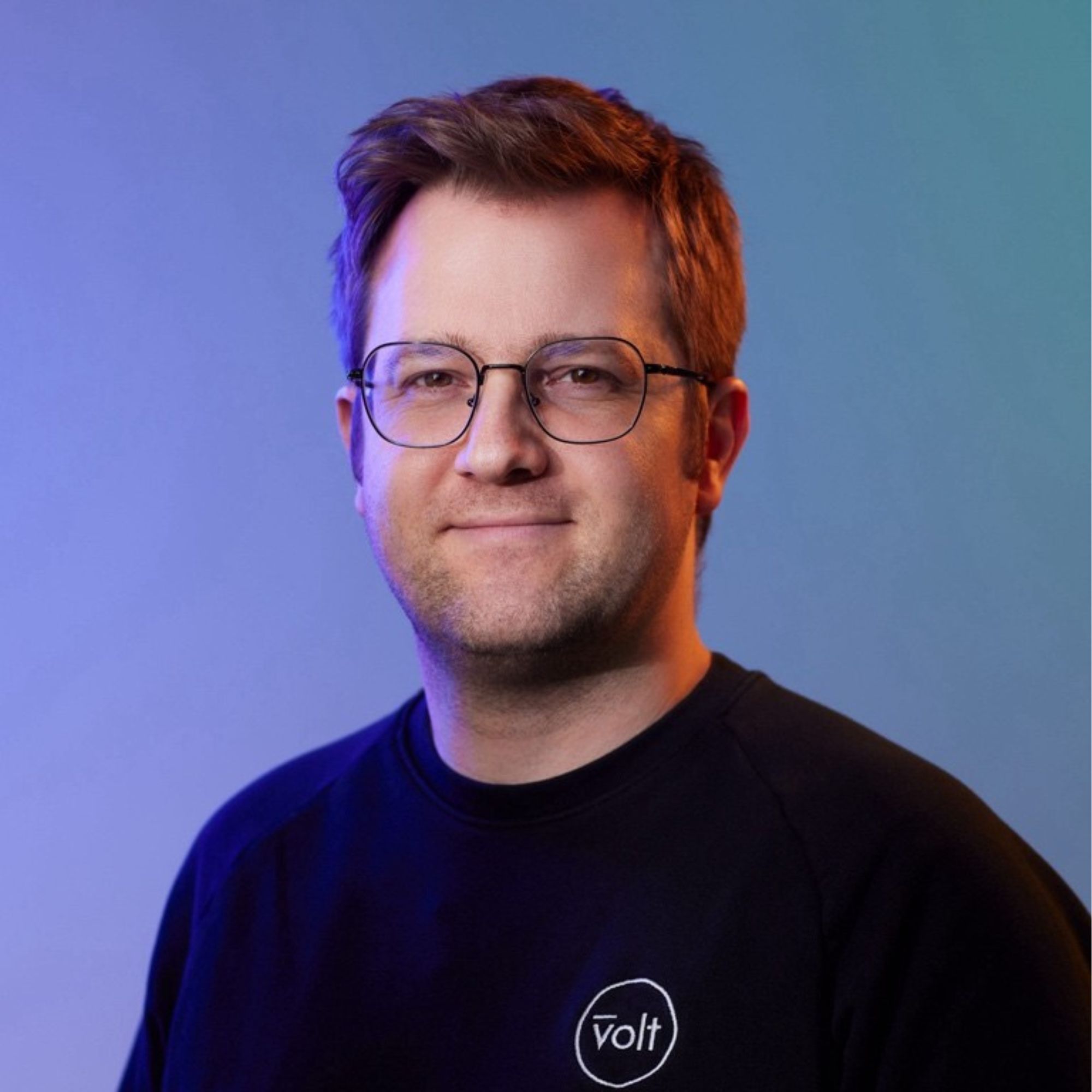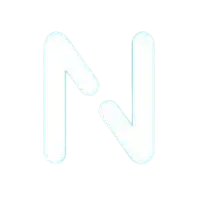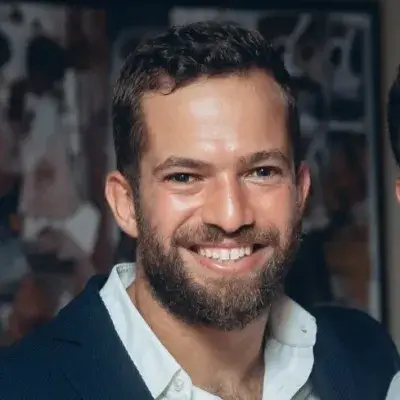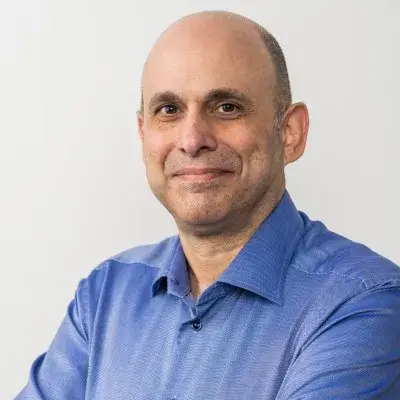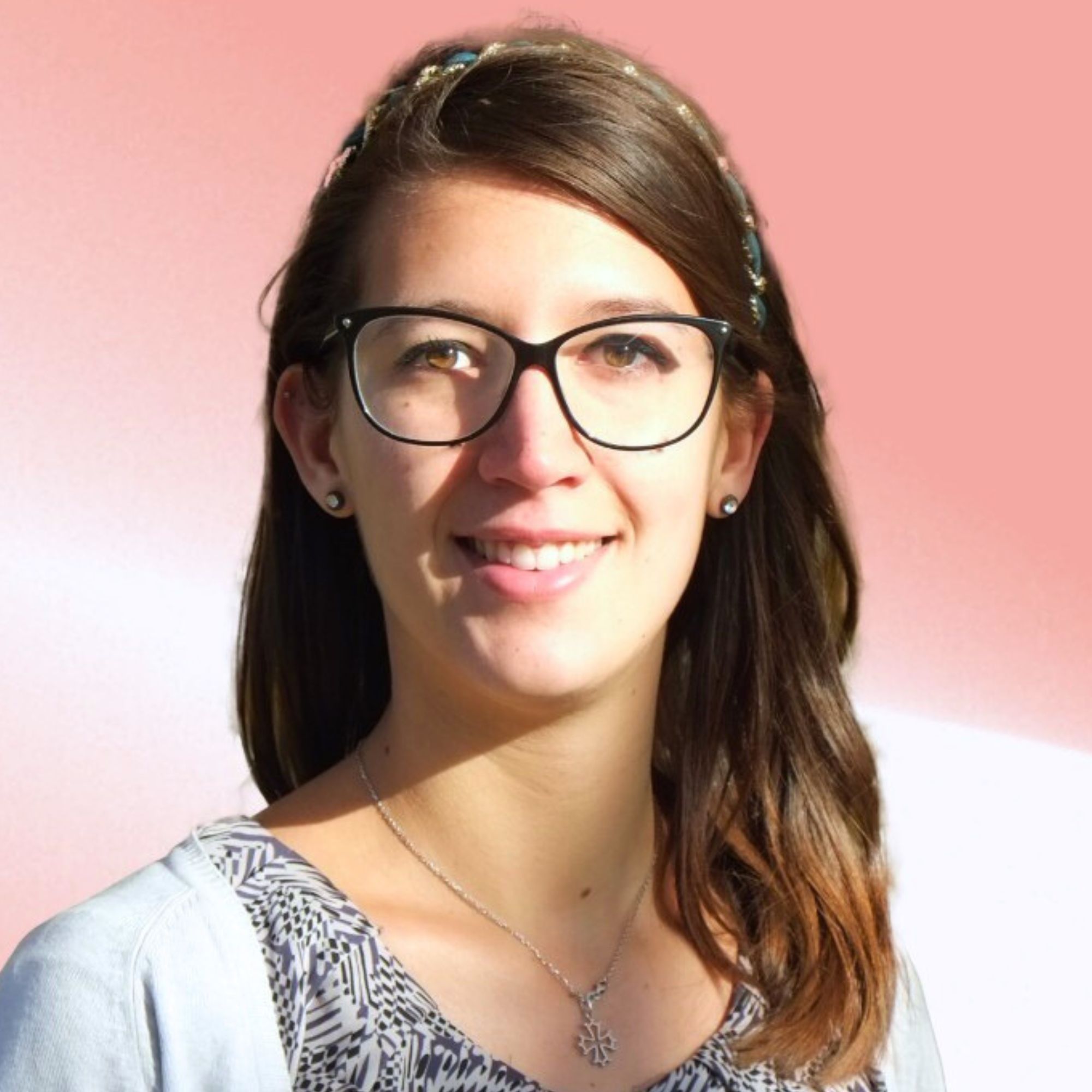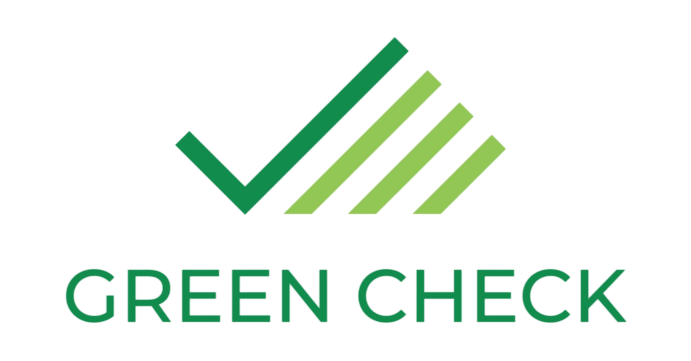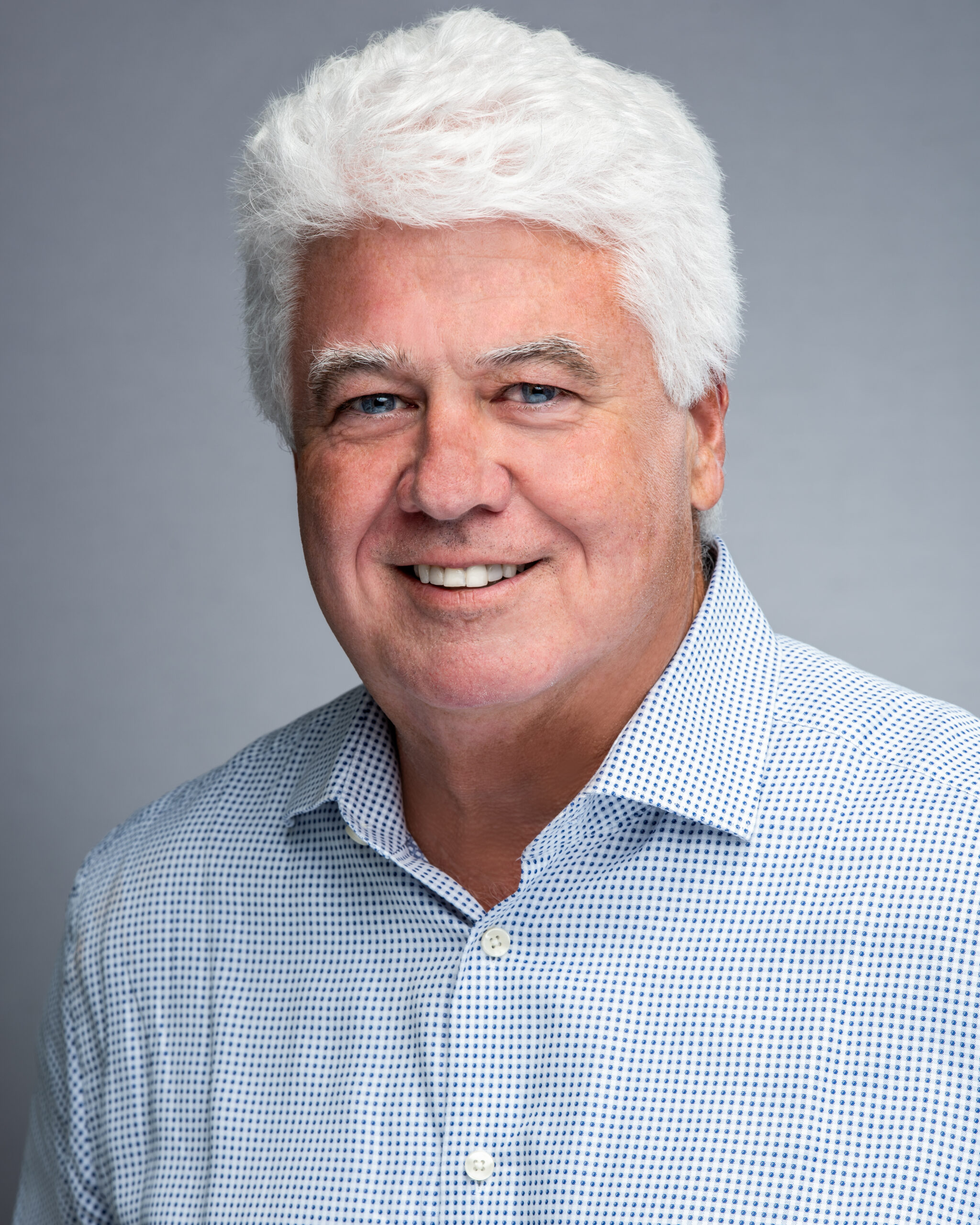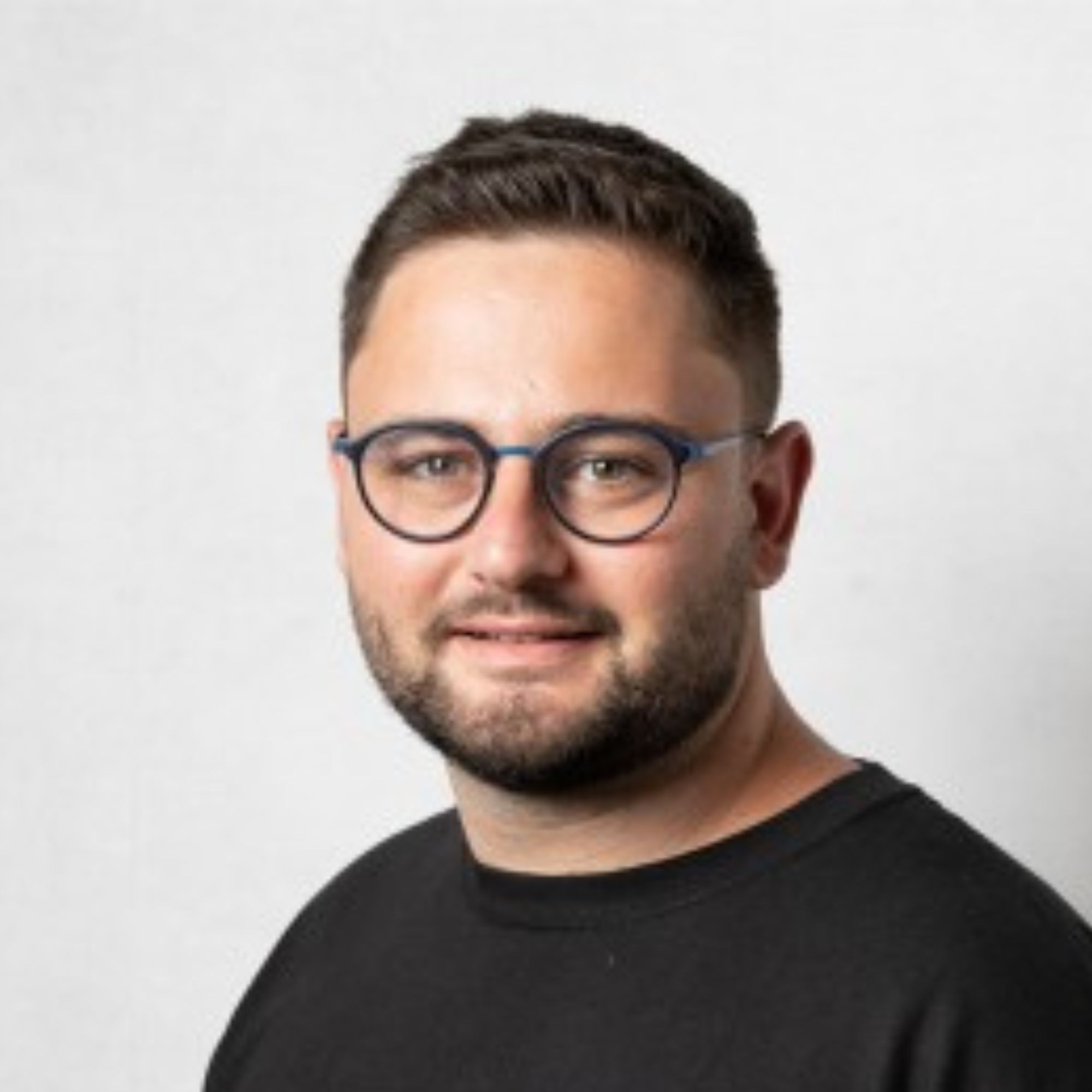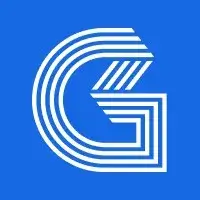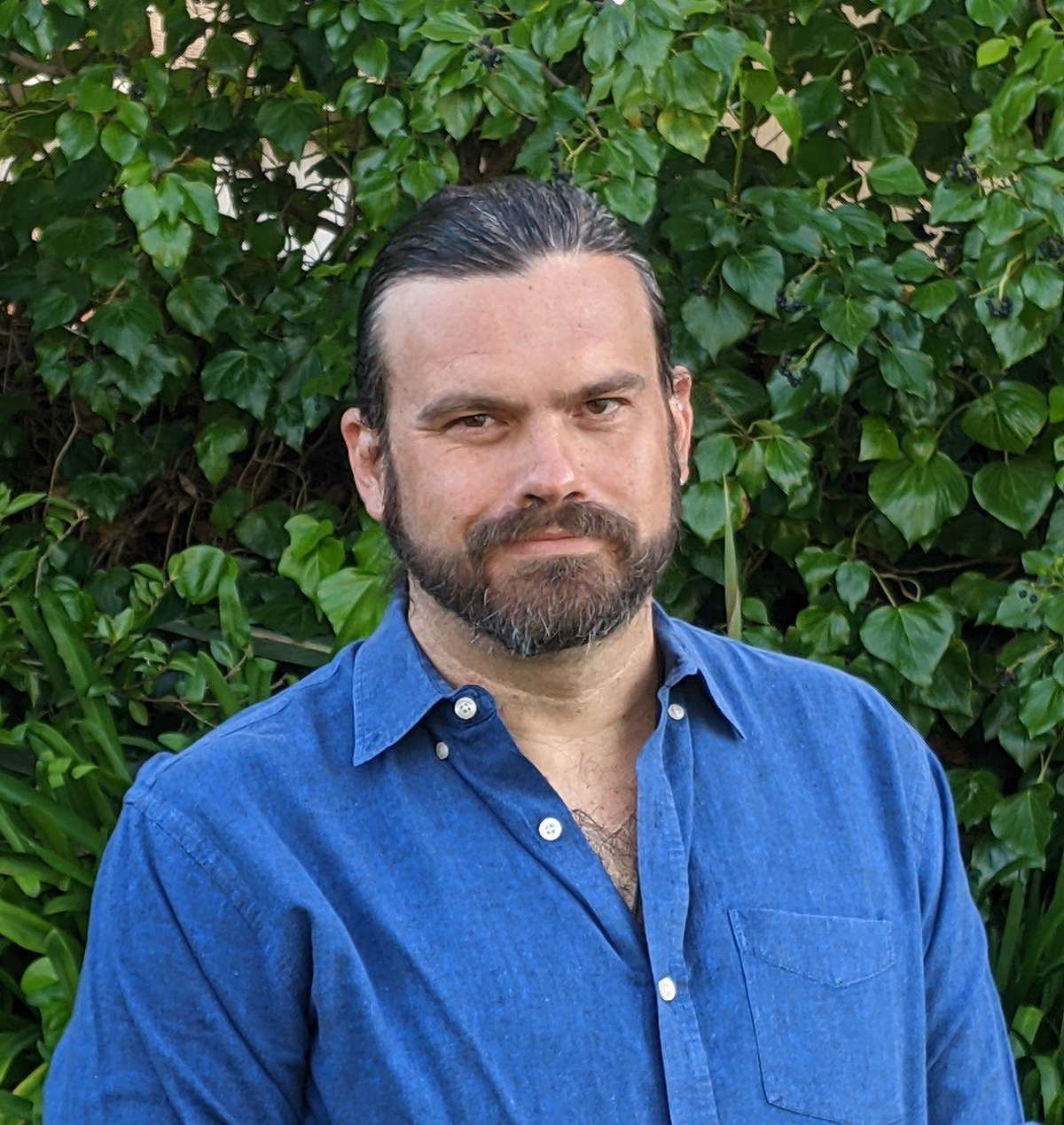Ready to launch your own podcast? Book a strategy call.
Frontlines.io | Where B2B Founders Talk GTM.
Strategic Communications Advisory For Visionary Founders
Conversation
Highlights
From YC to 3X Growth: How One Founder’s Customer Research Shaped His Mid-Market GTM Strategy
When most founders were battening down the hatches in April 2020, Julio Martínez CEO and Co-Founder of Abacum was doing something that seemed counterintuitive: launching a new company. The world was melting, VCs were running “headless” trying to help their portfolio companies survive, and convincing talented people to leave stable jobs seemed nearly impossible.
But Julio saw something others didn’t. Through conversations with over 100 finance leaders, he had uncovered a critical insight: finance teams were spending up to 80% of their time on manual tasks instead of driving strategic value. This wasn’t just a minor inefficiency – it was actively preventing companies from making better decisions in real-time.
In a recent episode of Category Visionaries, Julio shared how this initial research shaped their go-to-market approach and eventual growth trajectory. His methodology wasn’t revolutionary, but his execution was rigorous: “I’m very rigorous about going by the book and trying to doing customer research as it’s supposed to be done,” he explains.
One particularly effective technique involved forcing prioritization through artificial constraints. “I personally like a lot the exercise with the coins,” Julio shares. “If you have to say hey, what do you want to solve?… you can only pick two. So you start imposing constraints so that they really prioritize for you what makes more sense.”
This methodical approach to customer research revealed something crucial about their market positioning. While many startups feel pressure to target enterprise customers, Julio’s research showed that the mid-market represented an underserved opportunity. “Down market we don’t believe there is enough intensity in the pain,” he explains. “With Excel and Google sheets, hey, you can get a lot done really.”
But the mid-market was different. As companies scaled, the pain became acute. “As companies mature, they will have more volumes of data, they will have more dimensions,” Julio notes. “That means more complexity in their models, more countries, more products, more stuff to manage.”
This insight proved transformative for their go-to-market strategy. Rather than trying to serve everyone, they focused exclusively on mid-market finance teams dealing with growing complexity. The results speak for themselves – they achieved “more than ten times year growth” in their early days, now settling into “more the three times year growth” as they’ve scaled.
But perhaps most interesting is Julio’s perspective on selling to finance teams. Unlike other departments that might get excited about new technology, finance leaders require a different approach: “Selling to finance teams is very technical and is sophisticated, and you are facing somebody that doesn’t get easily excited as opposed to selling to sales or marketing or some other functions.”
This reality shaped their entire go-to-market motion. Instead of rushing to scale their sales efforts, they focused on building rock-solid product-market fit first. “Make sure you have an extremely robust product market fit before you really want to start playing with go to market,” Julio advises. “Finding that velocity is going to be always true value, an ROI, clear ROI, instead of, hey, excitement, or it’s the new shiny object in our space.”
Even their experience with Y Combinator reinforced this methodical approach. While they received valuable feedback on messaging and positioning, the most impactful lesson was about execution velocity: “The urgency to deliver and stay accountable week in, week out was a very powerful concept,” Julio reflects. This weekly accountability structure now permeates their entire organization, with every team member having clear weekly goals discussed with their manager.
Looking ahead, Julio sees an opportunity that extends far beyond their initial focus on financial planning and analysis. They’re evolving into “the operational planning system for companies in the mid market,” working not just with finance teams but also revenue operations, business operations, and HR teams. It’s a vision that emerged directly from their deep understanding of how mid-market companies operate and the interconnected nature of their planning needs.
For founders selling to similar technical buyers, Julio’s journey offers a clear lesson: success doesn’t come from moving fast and breaking things, but from methodical customer research, focused execution, and the patience to build genuine product-market fit before scaling go-to-market efforts.
Actionable
Takeaways
Utilize Professional Transformations as a Catalyst:
Julio's career shift during a sabbatical highlights the value of stepping outside one’s comfort zone. Founders should consider how diverse experiences can provide new insights and motivations for entrepreneurial ventures, especially when these experiences expose them to new cultures, industries, or technologies.
Embrace the Power of a Strong Vision During Crisis:
Starting Abacum in the early days of COVID-19, Julio faced unprecedented challenges. His approach demonstrates the importance of maintaining a strong vision and the willingness to commit despite uncertainties. This is particularly relevant for founders launching startups during times of market volatility or economic downturns.
Focus on Automation to Enhance Strategic Roles:
Abacum’s focus on automating routine data tasks for finance teams underscores the potential of technology to transform traditional roles into strategic positions. Founders should consider how their solutions can free up client resources from operational tasks, thereby enabling these clients to focus on higher-value activities.
Target Market Fit with Precision:
Julio's strategic decision to target mid-market companies was based on a clear understanding of where his product could make the most impact. Startups should conduct thorough market research to identify and understand their ideal customer segment, ensuring that their product addresses specific pain points effectively.
Continuous Evolution of Product and Messaging:
Reflecting on his journey, Julio acknowledged that refining Abacum's product and market messaging was a continuous process, enhanced significantly by feedback and rigorous testing during programs like Y Combinator. Founders should remain open to evolving their product and messaging based on customer feedback and market demands to better meet the needs of their target audience.

